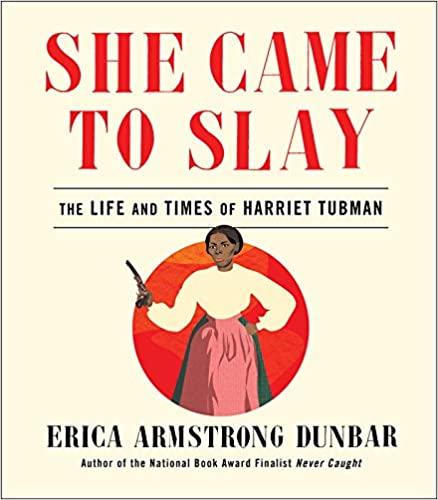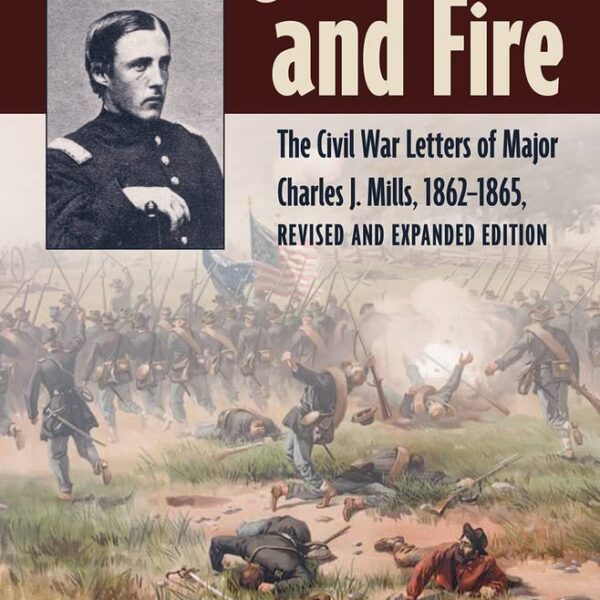The “battles” referenced in the title to this book are not Gettysburg, or any of the famous military showdowns of the Civil War. Larry Tagg instead examines the various ways political combat shaped Abraham Lincoln’s career. He argues that Lincoln was beset on all sides by carping critics, angry voters, and a splenetic, hyper-partisan press, many of whom made Lincoln their special target. “What were serious men to make of a man who rarely read, and when he did, read out loud, like a schoolboy?” Tagg asks, “A man who put on his stovepipe hat country style” and who was a “comic” in a reception line (130)?
For Tagg, this is something of an untold story; he has undertaken the task of writing what might be called a true appreciation of Lincoln’s vast unpopularity. He begins by guiding the reader through an extended tour of Jacksonian political culture, when Lincoln cut his teeth as a young politician surrounded by unrestrained stump orators and an even more unrestrained press. As president Lincoln faced more of the same, exacerbated by the inherent tensions and anxieties visited on American politics by a bloody civil war and all its attendant crises. To many Americans, he was a dangerously inexperienced chief executive. “Along with the panic [in 1860] came the conviction that the weak hand of the countrified Railsplitter—so unqualified, so new in office, so unequal to the emergency—was to blame” (191). The situation barely abated; in 1864, Tagg argues, Lincoln’s various perceived blunders and shortcomings put the nation’s confidence in their president in “free fall,” and very nearly cost him the Republican nomination (411). Even his now-revered Second Inaugural Address in March 1865 “bewildered many” with its religious overtones and lack of condemnation for the nearly defeated Confederate enemy (449-450).
Tagg argues that Lincoln persevered with an adroit combination of political skill, careful media manipulation, and deft (and often Machiavellian) behind-the-scenes maneuvering. With admirable realism, Tagg analyzes Lincoln’s unapologetic use of his patronage powers and other tools to shape the wartime political landscape and blunt the efforts of his more strident naysayers. Writing about the showdown between Lincoln and his acerbic, overly ambitious Secretary of the Treasury Salmon Chase, for example, Tagg describes at length Lincoln’s efforts to forestall Chase’s machinations with Lincoln’s congressional critics, and eventually bring about the Treasury Secretary’s resignation. “Lincoln’s embarrassment of Chase deftly demonstrated that no Cabinet member could afford to side with an attack by hostile Senators” (339).
None of this is altogether new. Lincoln scholars have often written about the many political trials and tribulations Lincoln endured; and (again, like Tagg) they generally credit Lincoln for his savvy and necessarily hard fisted ability to weather these storms. In reviewing this familiar ground, Tagg’s book proves to be a perversely fun read, a veritable catalog of the many slights, slanders, and smears aimed at Lincoln by a political press and opposition (and in some cases, his own erstwhile Republican allies) that exceled at this sort of thing. Tagg’s research into Lincoln hatred is impressive, and he has an eye for colorful anecdotes that enliven his narrative and often elicit a smile. “Who the hell is Abraham Lincoln?” shouted a captain returning to New York from China upon hearing the results of the 1860 election (16).
But the book’s strength is also its weakness, from an analytical if not an entertainment point of view. Tagg proceeds from a premise—Lincoln’s unpopularity and struggles in an age of political adversity and extremity—and proceeds to cherry-pick stories and anecdotes that fit this preconceived thesis. His book is consequently prone to exaggeration and hyperbole. He asserts, for example, that “from the war’s outset, Lincoln became the foe of almost every member of Congress”; that “all [of his generals] resented his interference”; and that Lincoln’s secret arrival in Washington D.C. was “the historic nadir of presidential prestige in the United States” (vii, viii, 8). In some cases Tagg gets so carried away with his arguments that he seems to almost make things up out of whole cloth, as when he asserts that Lincoln’s “approval dropped to 25% by the time he took office” (x). Twenty-five percent of what? And in an era before political polling or presidential approval ratings, how could anything like this even be properly measured?
The result is a book entirely lacking in nuance. The basic premise of Battles is sound—Lincoln was indeed highly unpopular in some quarters—and its research is solid enough. But its tone and approach has a rather overwrought quality. Indeed, one could reasonably read Tagg’s long list of anti-Lincoln invectives and wonder how the man was ever elected—or even re-elected—to anything.
Tagg correctly suggests that Lincoln was not himself an extremist—“He took his place so resolutely at the center of American political opinion during the bitterest time in the nation’s history,” Tagg argues (xii). This statement of itself is neither overly controversial nor wrongheaded. But what was the political “center” in Lincoln’s day—the center between what and what? Any attempt to answer such a question requires considerable nuance, and a respect for the extraordinary complexity of Civil War-era politics. Unfortunately, The Battles that Made Abraham Lincoln often lacks such subtlety.
Brian Dirck is a Professor of History at Anderson University and most recently the author of Abraham Lincoln and White America (2012).





